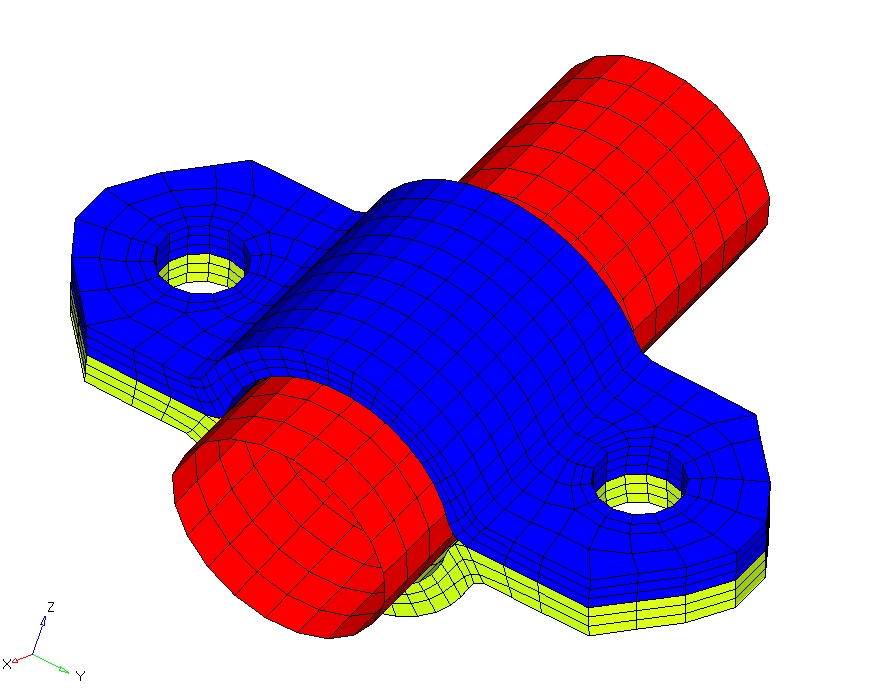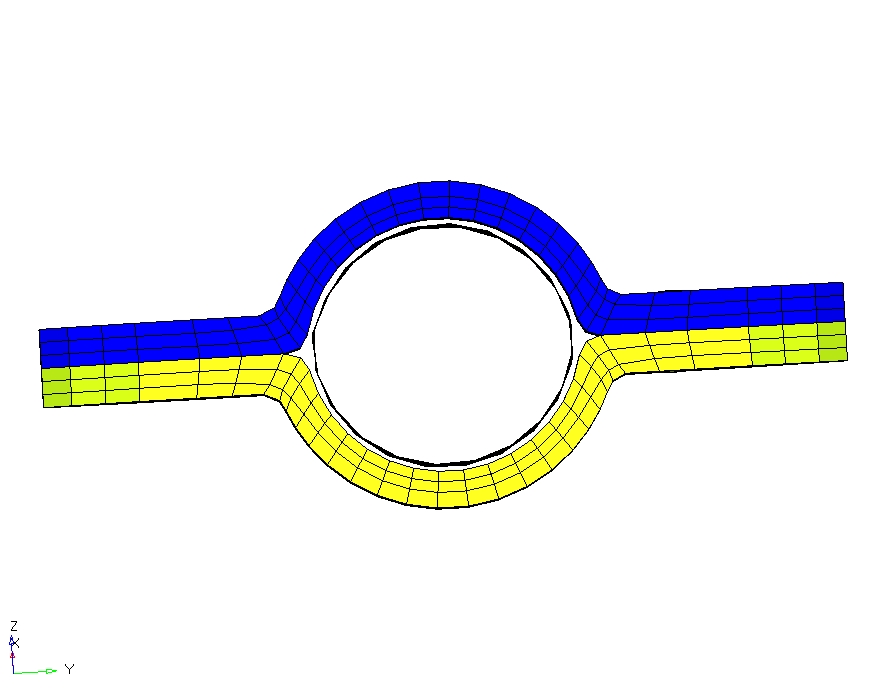There is a small gap in the FE model because, the tube passing through the bracket at the middle is modelled as shell elements at the mid surface.
In real case,only there is friction due to tightening of bolts at either ends of the clamps.
What is the best practice to connect these meshes?
<?xml version="1.0" encoding="UTF-8"?>
<?xml version="1.0" encoding="UTF-8"?>